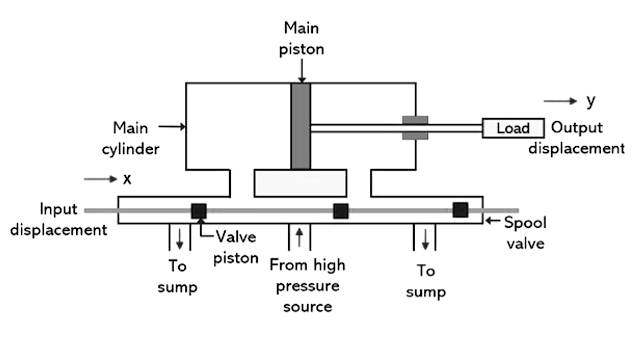What is an Actuator?
What is an Actuator? Basically the actuator follows the sensor feedback and let's say you are controlling the process temperature. For example, room temperature should be maintained using chilled water. In this case, an actuator would be a modulating valve to control the flow of cooling water supply. But, real room temperature feedback will be taken by the sensor. Based on the feedback, the valve will open or close accordingly to maintain the process. Includes actuators such as valves, heaters and drives.




